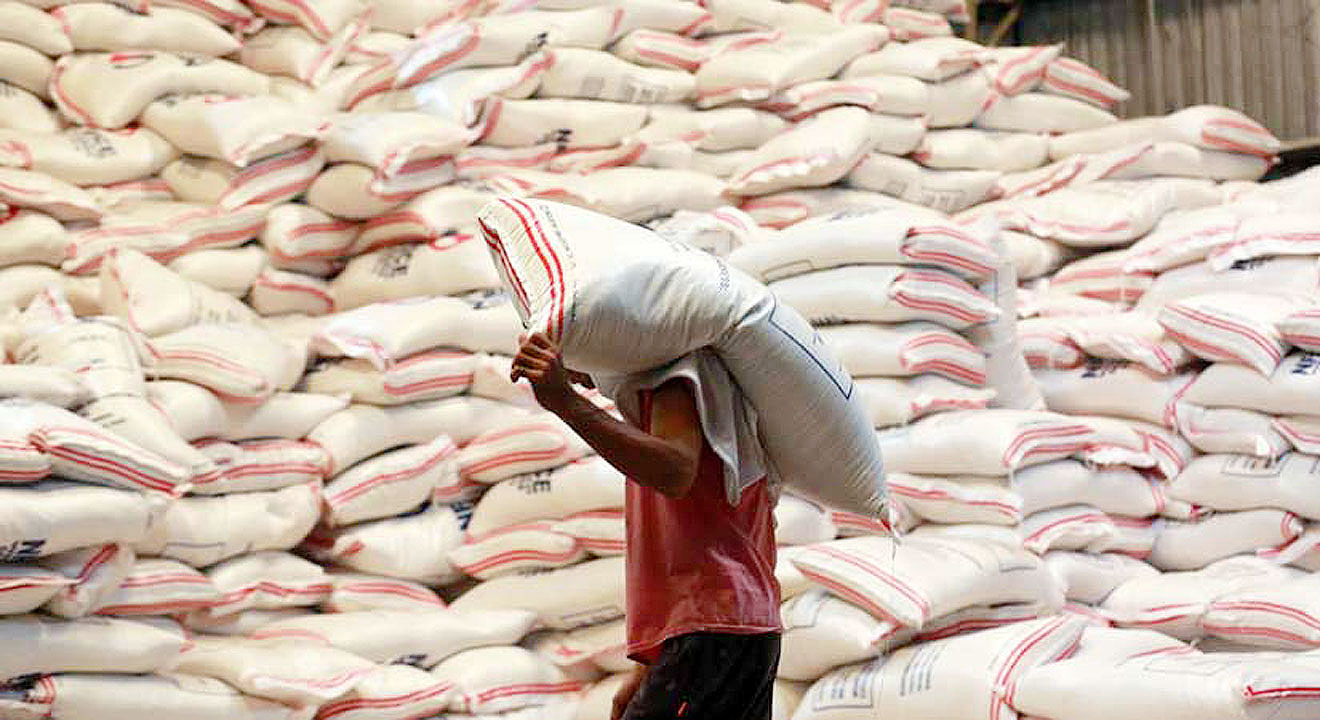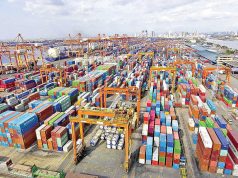
RICE PRICES are expected to remain stable in the first quarter, with a “negligible” impact on inflation, according to the Department of Agriculture (DA).
“Rice prices continue to be stable prices (with) a negligible effect when it comes to inflation. We also have many different kinds of rice to choose from,” Undersecretary for Operations and Agri-Fisheries Mechanization Ariel T. Cayanan said at a virtual briefing.
The DA said end-January rice stocks have been estimated at 2.9 million metric tons (MT). The other projections for the rest of the quarter are 2.7 million MT for the end of February and 3.3 million MT for the end of March.
“We are working hard to make our farmers more competent so that we can continue to thrive. According to our policy, we are value-chain driven now. Our farmers don’t just have to produce, they must have entrepreneurial skills as well,” he added.
He said the DA is working on a plan that will make towns specialize in key commodities to maximize production.
“We have a provincial commodity investment plan, which went through very precise and surgical study. One town, one product. What is suitable to the area, that’s what we plant,” Mr. Cayanan said.
Meanwhile, the Federation of Free Farmers (FFF) said it expects to see a possible decline in palay (unmilled rice) prices during the dry season harvest following a surge in imports.
“We will have a supply glut when the farmers start harvesting their dry-season crop starting March. Farmers will again suffer from low prices even as the costs of fertilizer, fuel, and other farm inputs remain high. Having a large harvest is meaningless to farmers if it results in low prices for their produce,” FFF National Manager Raul Q. Montemayor said.
The FFF said that the increase in palay production will not benefit farmers significantly.
“Half of the incremental harvest in 2021 came from an expansion in harvested area and only half was due to an improvement in yields. Overall, output per hectare improved by only 1.6% in 2021, equivalent to an additional income of only P1,095 per hectare,” the FFF said.
“This is far off the DA’s unsubstantiated claim that farmers earned P10,000 more per hectare in 2021 despite the increase in fertilizer costs,” it added.
The FFF also questioned the reported increase in tariff collections on rice imports.
On Feb. 8, the Department of Finance reported that rice tariff collections amounted to P18.9 billion in 2021.
Under Republic Act (RA) No. 11598, tariffs in excess of P10 billion a year will be used for cash transfers to farmers affected by the Rice Tariffication Law (RTL).
“Tariff collections increased because imports surged, and, as a result, palay prices went down. The P9 billion that will be given to farmers is very small compared to the P60 billion that farmers are losing every year compared to their income before RTL took effect. In addition, one out of every three rice farmers will not get any cash assistance because RA No. 11598 applies only to farmers tilling two hectares or less,” Mr. Montemayor said.
“We support calls to increase the budget for agriculture, but we must make sure that the money is being spent wisely and effectively. Spending one peso to get back just one peso is not a good way to use scarce government money,” he added. — Luisa Maria Jacinta C. Jocson



